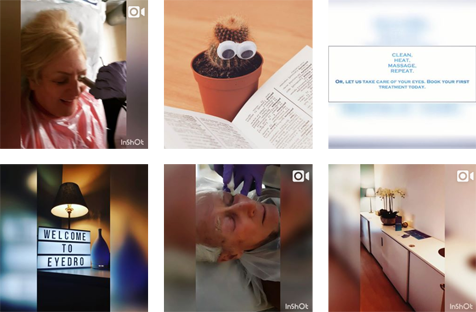Tears? Aren’t they just droplets that come out of our eyes when you cry?
- eyetosmile
- December 3, 2018
- 4:55 pm
There’s a lot more to tears than meet the eye badum tss! The tear film is a layer that is always on the front of your eye-between your eyelids and your eye. There are many functions of the tear film, some of which are:
- Protecting the eye
- Cleansing the eye effectively preventing infection
- Lubrication for the eyelids to comfortably pass over the eye as you blink
- Clear vision-a smooth optical surface helps light travel through the eye better.
- Oxygen supply to the cornea (the front window)
- Provides white blood cells to aid healing in the event of an injury
The tear film is actually very complex containing several proteins, but to keep things simple, it consists of three layers; an oily (lipid) layer, a liquid (aqueous) layer and a mucous (mucin) layer. The mucous layer effectively acts like a glue to help the tear film stick to the cornea. The liquid layer helps the cornea breathe, is antibacterial, and helps to wash away dirt and debris. The oily layer helps to prevent the liquid layer from evaporating, helps to keep the liquid layer in place-otherwise the tear film would just get pushed out of your eye onto your skin, especially when you blink. The lipid layer also protects the skin around the eyelids.
A defect in any of these layers would mean a destabilisation in the whole of your tear film, and this is when dry eye can occur giving you the classic symptoms.
Blepharitis largely occurs when there is a deficiency in the lipid layer of the tear film, which is what we aim to target and treat at Eyedro.
Open hours
Appointments available Monday -Sunday. Please Contact us to arrange your treatment.
Dry eye treatment

Norwich Face & Body Clinic
18 Bridewell Alley
Norwich
NR2 1AQ
© Copyright 2018 Eyedro is a trading name of Eye To Smile Ltd. Registered in England and Wales No. 07967737 Website design by Naked Marketing
